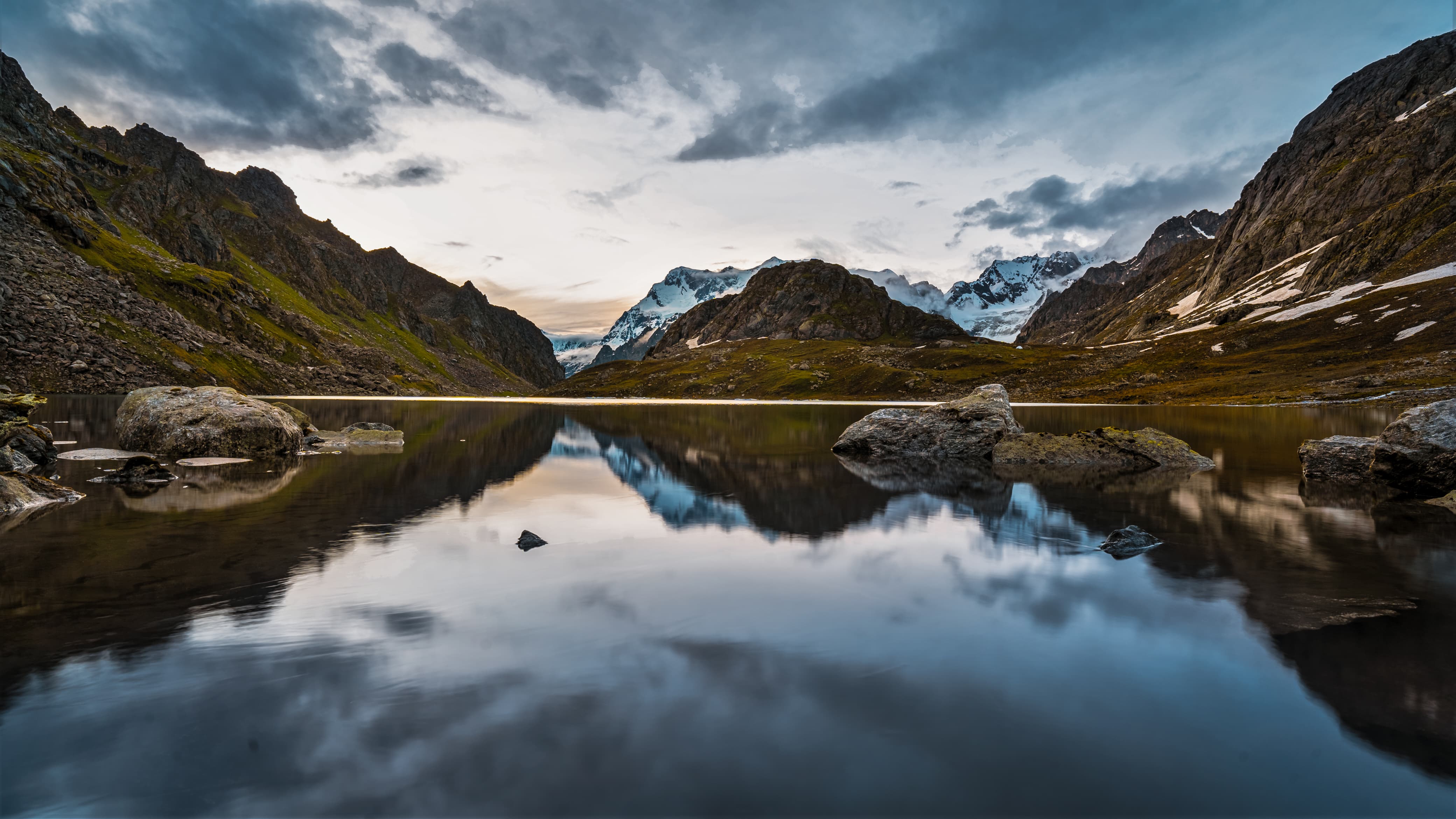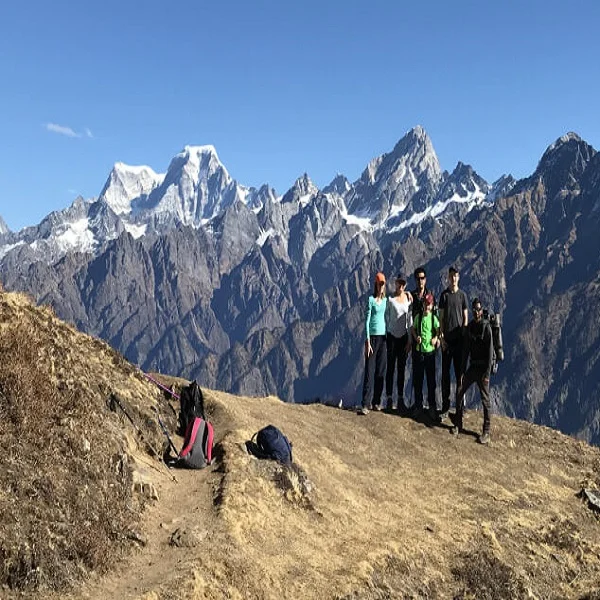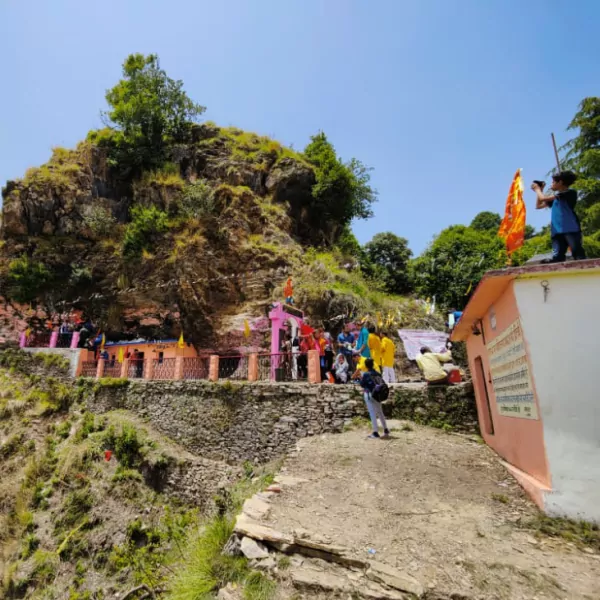Do Dham Yatra
6 Day/ 5 Night 25 Group
Do Dham Yatra – A Sacred Journey to Kedarnath and Badrinath
The Indian subcontinent is home to many inspiring places of spiritual significance. One of the most important ones for Hindus is the Kedarnath and Badrinath Do Dham Yatra, which involves traveling to both temples. Every year, devotees from all over the world flock to this pilgrimage, which is believed to lead to moksha (salvation). This trip is both spiritually enlightening and set against the serene backdrop of nature; the magnificent Himalayas that rest in Uttarakhand add more allure to this journey.
What is the Do Dham Yatra?
The Do Dham Yatra entails going to Kedarnath and Badrinath — two of the greatest places of worship in Hinduism, Shiva and Vishnu respectively — in one trip. It supplements the more comprehensive Char Dham Yatra which also includes Gangotri and Yamunotri.
For numerous pilgrims, this undertaking serves the dual purpose of fulfilling a religious duty and serving as a spiritual detox. The shrines are accessible from the summer months, typically April/May to October/November, and are covered in snow for the rest of the year.
Kedarnath – The Abode of Lord Shiva
Location: Rudraprayag district, Uttarakhand
Elevation: Approx. 3,583 meters (11,755 ft)
Kedarnath Temple is one of the twelve Jyotirlingas of Lord Shiva (Shiv Shankar) and a key pilgrimage site in the Himalayan region. The temple is situated south of chandranath temple in Uttarakhand, India,above 3584meters. The temple is guarded by snow-clad peaks,offerng calm scrolling experience and meditative.
Key points:
Mythological Importance: In mythology ,after kundrukshetra pandavas were told to get shiva blessing and do tapasya to get redemption of their sins. Lord did not wanted to show up uninvited so he manifested a show for himself, a bull and it is said the bull is now the mountain and lord shiva is manifested on the top of bull.
Engineering Wonder: Exquisite structural design of the Mandakini ise with ghandharveshwar temple has to be seen to be believed. Built out of large stone slabs, it is said to be over a thousand years old and is under enlightement where perpetually red sun keeps shining, floods and natural calamities meant.
Trekking To Badrinath: While one can get to badrinath by train and tak a bus , for badrinath, one needs to hike for 20-22k from gk port to reach gk temple. Further, for disabled and elderly with travel-bagged range , there are heli service and pony rides offered out болду.
Badrinath – The Divine Seat of Lord Vishnu
Location: Chamoli district, Uttarakhand
Elevation: Approx. 3,133 meters (10,279 ft)
Badrinath Temple, situated in the Nar-Narayan mountain ranges, is one of the 108 Divya Desams (sacred shrines for Vaishnavites) and is dedicated to Lord Vishnu.
Key Highlights:
Mythological Significance: Vishnu is believed to have meditated in the Badrinath area for thousands of years. Due to the fact that Badrinath is named as such because goddess Lakshmi morphed into a Badri tree to protect him.
Temple's bright facade and features of a cone, alongside its creative carvings boost the height of temple giving it an edge over the white carpets of the Himalayas.
Hot Water Springs: The Tapt Kund natural hot water spring sits exactly underneath the temple. It is customary for Pilgrims to bathe in the spring prior to entering the temple..
Altitude of Kedarnath and Badrinath
- The Kedarnath and Badrinath temples are among the most holy sites for Hindus looking for átirtha, or pilgrimage, destinations. They are located in the northern Indian state of Uttarakhand and part of Char Dham Yatra, drawing in both religious pilgrims and trekkers alike.
- The highest point of Kedarnath is approximately 3,583 meters (11,755 feet) above sea level. The temple is located in the region of the Mandakini River in the Garhwal Himalayas, and the region is surrounded by snow-capped peaks. To complete the trek to the temple, one must trek about 16 kilometers from Gaurikund.
The place called Badrinath stands at the height of about 3,300 meters (10,827 feet) above sea level. Nestled at the confluence of the Alaknanda River, this temple has an easier approach for pilgrims than Kedarnath and is renowned for the picturesque setting, such as the one that includes the Neelkanth Peak
The very high elevations of Kedarnath and Badrinath make it mandatory for the tourists to bring warm clothes, fight against the thinner air and in some cases cope with the formation of altitude sickness. The main thing is to introduce the body to the change of environment that takes place gradually, to drink enough water and to have the right equipment while traveling. The high elevation of both places is also a factor that enhanced their peace and divine beauty that made them spiritually edifying and visually breathtaking.
Exploring the Sacred Region of Kedarnath and Badrinath
Surrounded by the impressive Himalayan ranges, Kedarnath and Badrinath, the Indian state of Uttarakhand has a place that is of religious, natural, and cultural significance. These two places of worship are part of the Char Dham Yatra, one of the most famous spiritual pilgrimages that pulls millions of devotees every year. In addition to the deeper aspects of spirituality, these areas lend themselves to adventure, a peaceful atmosphere, and aesthetic pleasure which are the most suitable for the soul at peace.
So which is harder, Kedarnath or Badrinath?
Comparison
Kedarnath
Badrinath
Badrinath
11,755 feet
10,170 feet
16-18 km uphill trek
Motorable road up to temple
Steep, uneven mountain path
Paved roads (though winding)
Harsh, sudden changes
Cold, but more manageable
High
Moderate to low
Best for
Adventurous and fit pilgrims
All age groups (especially seniors)
Overall, Kedarnath is more physically demanding due to the high-altitude trek, while Badrinath is easier to reach due to direct road connectivity.
Kedarnath _&_Badrinath
05 Night 06 days
Day 1️⃣ - Haridwar to sonprayag, fatha, (230.9 km) 7/8 hrs overnight stay hotel/ cottage
Day2️⃣ - Sonprayag to Gaurikund (05.2 km) drive and trek to kedarnath (16.5 km ) 7/8 hrs overnight stay hotel
Day 3️⃣- Kedarnath to Gaurikund (16.5 km) descend by trek, drive to Sonpariyag (05 km) overnight stay Hotel
Day 4️⃣ - Sonpariyag to Badrinath ( 226.6 km) 9/19hrs overnight stay hotel
Day 5️⃣ - visit Badrinath Temple and After breakfast visit Mana village and Back to Rudrpariyag near bye Dhari Devi temple Over night stay Hotel
Day 6️⃣ After breakfast visit Dhari Devi temple and Drive to Haridwar Drop
























